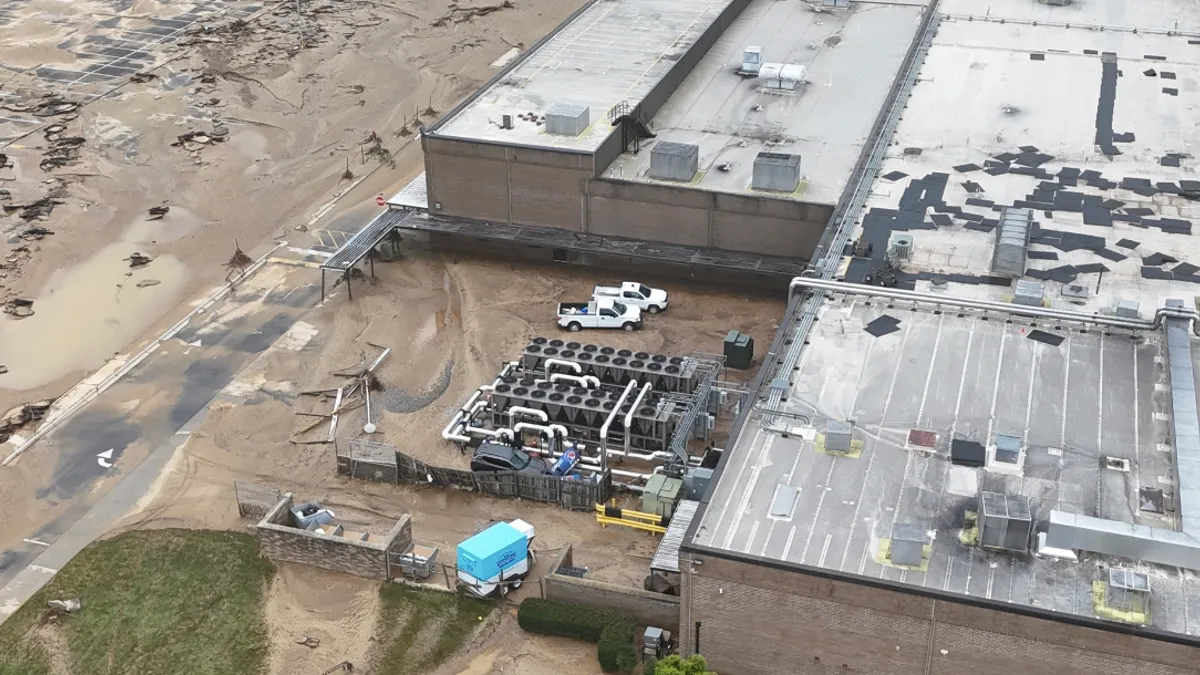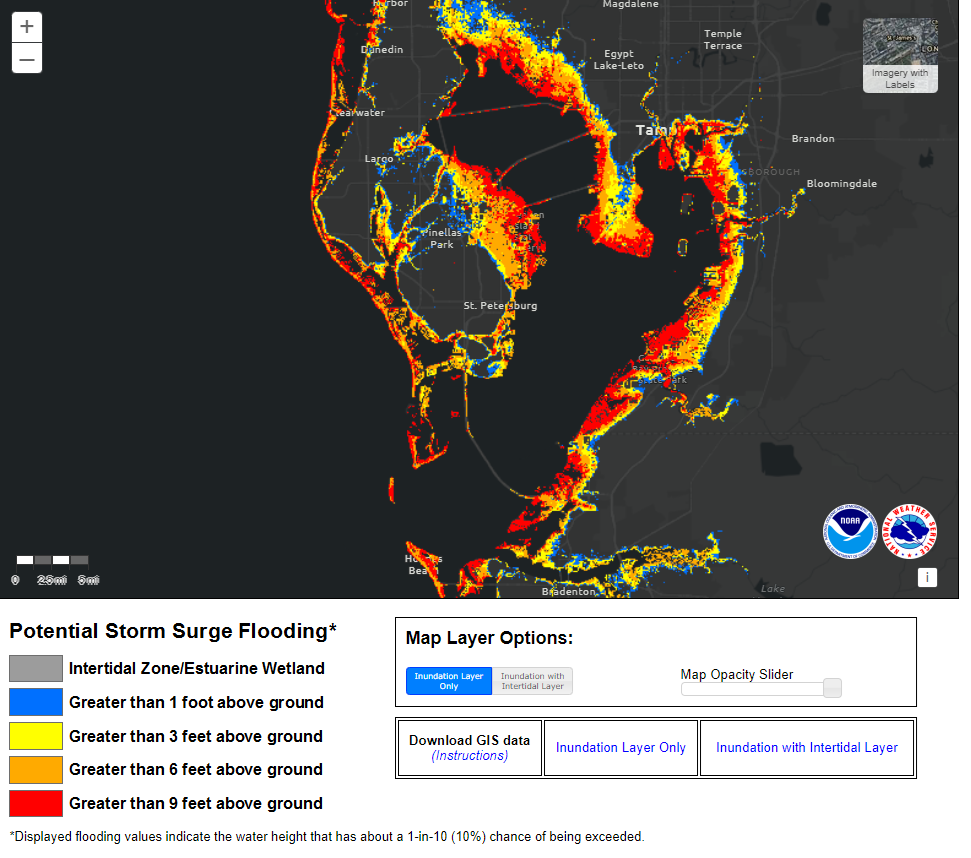The Bureau of Labor Statistics reports, “The all items [consumer price] index rose 2.7 percent for the 12 months ending November, after rising 2.6 percent over the 12 months ending October. The all items less food and energy index rose 3.3 percent over the last 12 months. The energy index decreased 3.2 percent for the 12 months ending November. The food index increased 2.4 percent over the last year.”
A little inflation is a good thing. Increased prices suggest persistent demand growth. When the rate of downstream price increases are calibrated with or less than increased rates of compensation, this pulls a bit more from suppliers, inviting improved productivity, employment, and potential innovation all along the upstream. Regularly taking the steps is good for my health.
Please consider the comparative slopes on on the chart below. Blue is the monthly all items Consumer Price Index. Red is a quarterly index of wages and salaries. Calibration is obvious. Rate divergence can be discerned, especially between early 2021 and mid-2022. This divergence in the rate-of-change between the two slopes has since narrowed.
The Bank of America Consumer Checkpoint finds, “Higher-income households’ spending in November continued to grow at a faster rate than for their middle- and lower income counterparts, although this gap has narrowed in the past few months. Wage growth is still a tailwind for the consumer. After-tax wage growth, based on Bank of America deposit data, for both lower and higher-income households has cooled slightly since August, while middle-income wage growth is steadier. But, overall, after-tax wage growth remains solid for 2024.”
Demand drives supply. Sustained and sustainable broad-based increased demand enhances the potential resilience of supply chains. This potential is achieved or not by enterprise-level operational decisions that often reflect cross-sector strategic priorities.

+++
This morning Bloomberg Surveillance interviewed Bank of America’s Holly O’Neill on the Consumer Checkpoint findings. See and hear below.











